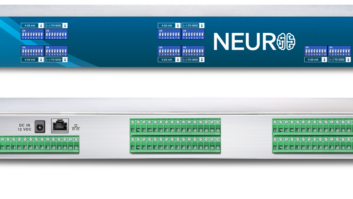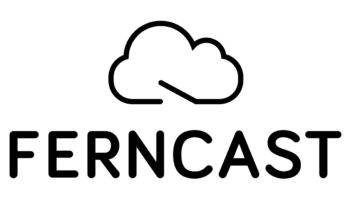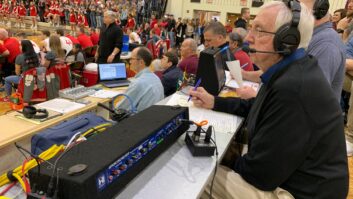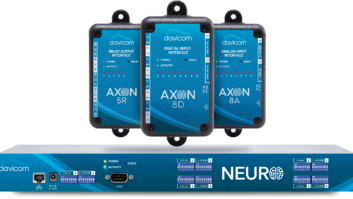Looking backwards, things are always clearer.
In the 1950s and ’60s, any DJ, any radio engineer, anyone who ever spent more than a minute in the air studios of radio stations knew there were many “conventions.” No matter where you were in the world of radio, a few things would always be in the same place. And way over on the right of that line of rotary faders on the control audio board would be a pot earmarked for remotes.
Before satellites, most programming came from stations’ studios. Anything else from the outside was considered a remote source, such as the network that arrived on a dedicated telco circuit and programming from nearby, local locations.
Those local, normally live/real-time remotes came into the station by two methods: wire and radio.
The wire connection might be provided by the local telephone company; or perhaps it was installed by the station. Unintentional grounding of the wires was a problem, so audio board makers of that era provided at least one channel, always on the far right, that had an isolation transformer on it to break up those “ground loops.”
Wire remotes from the phone company were expensive, required considerable advance order time and limited to areas reached by telephone circuits.
Benefits
Radio remotes provided many advantages to stations including reduced origination cost to the sponsor, great flexibility (no place is beyond radio), “just-in-time” implementation and, usually, better audio fidelity.
The most common remote radio system, almost unique in its function, was the Marti. This product dominated the radio remote arena; can you name a competitor that came close? The Marti was cost-effective, reliable and versatile, a most useful programming tool. For many years, a radio remote was called either a telco or a Marti remote.
(The most unusual remote I’ve encountered was the broadcast of an automobile destruction derby. One would think this would be a visual event. However it was sold out, from a pre-event show to a post-event wrapup. It shows that radio can cover just about anything.)
FCC Part 74 gives broadcasters in the United States the use of several bands of frequencies to support program goals. For the most part, remotes such as sporting events, grand openings, breaking news, press conferences, etc. are best handled in the 160 and 450 MHz segments. Marti introduced equipment for both.
The transmitters were designed to run on both car DC power and plug-in AC and could be carried and set up by a “one man band,” the remote technician. Marti radio remotes could provide even the smallest station tremendous program choices and profit opportunities such as community concerts and church services.
The brand name is still used, now a trademark of Broadcast Electronics. The original company was founded by George Marti, whose story has been told in these pages. His earliest remote pickup or RPU systems were tube-type, similar to the two-way radio equipment being manufactured at that time but with increased audio bandpass.
Other than dedicated news vehicles that used omni-directional (normally whip) antennas, most temporary remotes set up a directional yagi on a stand aimed in the clear at the input receive antenna. Because UHF and VHF signals obey essentially line-of-sight physics, to achieve the widest coverage and best signal strength, most stations mounted their receive antennas on one of their towers as high as possible.
Marti RPUs continue to be offered and used, although the introduction of various types of codecs over the past two decades has changed the way remotes are done at many stations. But no matter the specific station configuration, if you worked in radio during a certain era, you probably remember that at the end of the line, just above that far right pot on the audio board, was a switch with a label that said “Marti Remote.”
Please share your Marti experiences past or present. E-mail [email protected].











